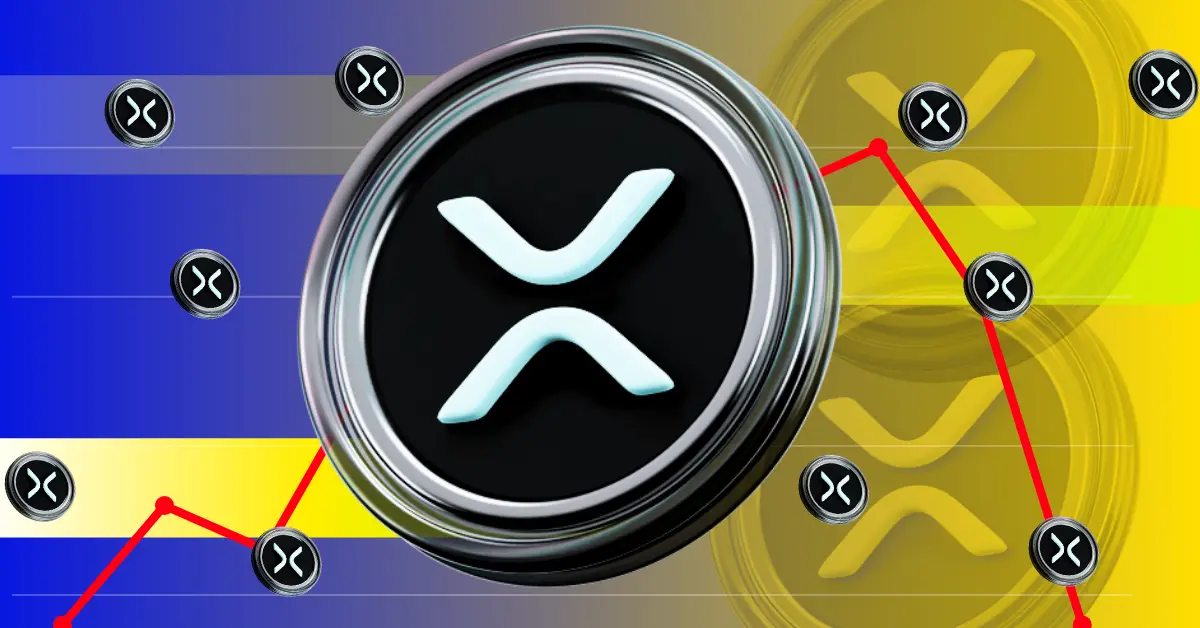The legal battle between Ripple and the U.S. Securities and Exchange Commission (SEC) has been a defining saga in the cryptocurrency world, with implications that extend far beyond the price of XRP. The recent ruling by U.S. District Judge Analisa Torres, which rejected a joint motion from Ripple and the SEC, has sent shockwaves through the market, causing XRP’s price to dip sharply and intensifying uncertainty for holders and industry watchers alike. This setback underscores the complex interplay between regulatory clarity, market sentiment, and the future of digital assets.
The Ripple vs. SEC Case: A Legal and Market Crossroads
The legal dispute between Ripple Labs and the SEC has been ongoing since late 2020, centered on whether XRP should be classified as an unregistered security under U.S. law. In July 2023, Judge Torres delivered a split decision, ruling that XRP sold on public exchanges did not qualify as a security, but that institutional sales did violate securities regulations. This partial ruling provided some regulatory clarity but left significant loose ends, including a $125 million penalty against Ripple and a broad injunction limiting future XRP sales.
In June 2024, Ripple and the SEC jointly sought to modify Judge Torres’ previous order, aiming to reduce Ripple’s penalty and dissolve or scale back the permanent injunction against certain XRP sales. Their goal was to expedite the case’s resolution and avoid a prolonged legal battle. However, Judge Torres rejected this request, deeming it “procedurally improper.” Her ruling effectively blocked a swift resolution, leaving the $125 million penalty and the injunction intact. This decision has forced both parties to either pursue standard legal channels or engage in a full appellate battle, prolonging the uncertainty for XRP holders.
Market Reaction: XRP’s Price Wobbles and Investor Sentiment
The immediate fallout from Judge Torres’ ruling was swift and severe. XRP’s price, which had been hovering near $2.60 amid optimism about a potential resolution, plummeted nearly 10% to a low of $2.06 before stabilizing in the $2.09-$2.40 range. This sharp decline erased roughly $2 billion in market capitalization within hours, reflecting the market’s sensitivity to legal developments in the Ripple case.
The price action post-ruling revealed several key trends:
– Volume Spike on Decline: The heavy selling volume indicated not just retail panic but also institutional players reducing their exposure to XRP.
– Support and Resistance Levels: XRP tested major trendline support near $2.08, with a breakdown potentially sending prices toward psychological levels like $2.00 or lower.
– Bearish Technical Indicators: Momentum oscillators and moving averages signaled a potential short-term downtrend, with reclaiming $2.34 or $2.40 proving challenging amid legal uncertainty.
XRP’s price movements are heavily influenced by its “legal discount,” where each court decision or regulatory announcement can trigger significant volatility. Positive rulings or settlements historically spark sharp rallies, while setbacks like this recent denial lead to sharp declines as investors price in prolonged uncertainty.
Broader Implications: Ripple, Regulation, and the Crypto Ecosystem
The legal setback for Ripple has broader implications for the company, the cryptocurrency market, and regulatory clarity in the U.S.
What’s Next: Potential Paths Forward
Despite the setback, Ripple and the SEC still have several options to move the case forward:
– Refiling Under Rule 60: Both parties could refile their motion in a more procedurally correct manner, though this would still require judicial approval and could take time.
– Appeals Process: A full appeals process would prolong the legal battle, with months or years of uncertainty and market volatility.
– Potential for Settlement: While both sides could theoretically negotiate a settlement, the significant issues and egos involved make this unlikely in the near term.
– Ripple’s Strategic Moves: Ripple may accelerate its international expansion, rebrand or restructure parts of its business, or seek new partnerships to maintain momentum despite legal challenges.
Conclusion: Uncertainty and Volatility Remain
The Ripple vs. SEC case remains a pivotal moment for the cryptocurrency industry, illustrating the delicate balance between innovation and regulation. Judge Torres’ recent ruling has prolonged the uncertainty for XRP holders, forcing them to navigate a market characterized by volatility and legal ambiguity. While the path forward is unclear, one thing is certain: the legal and market drama surrounding XRP is far from over. Investors and industry watchers will continue to monitor developments closely, as each new twist in the case could reshape the future of digital assets.

